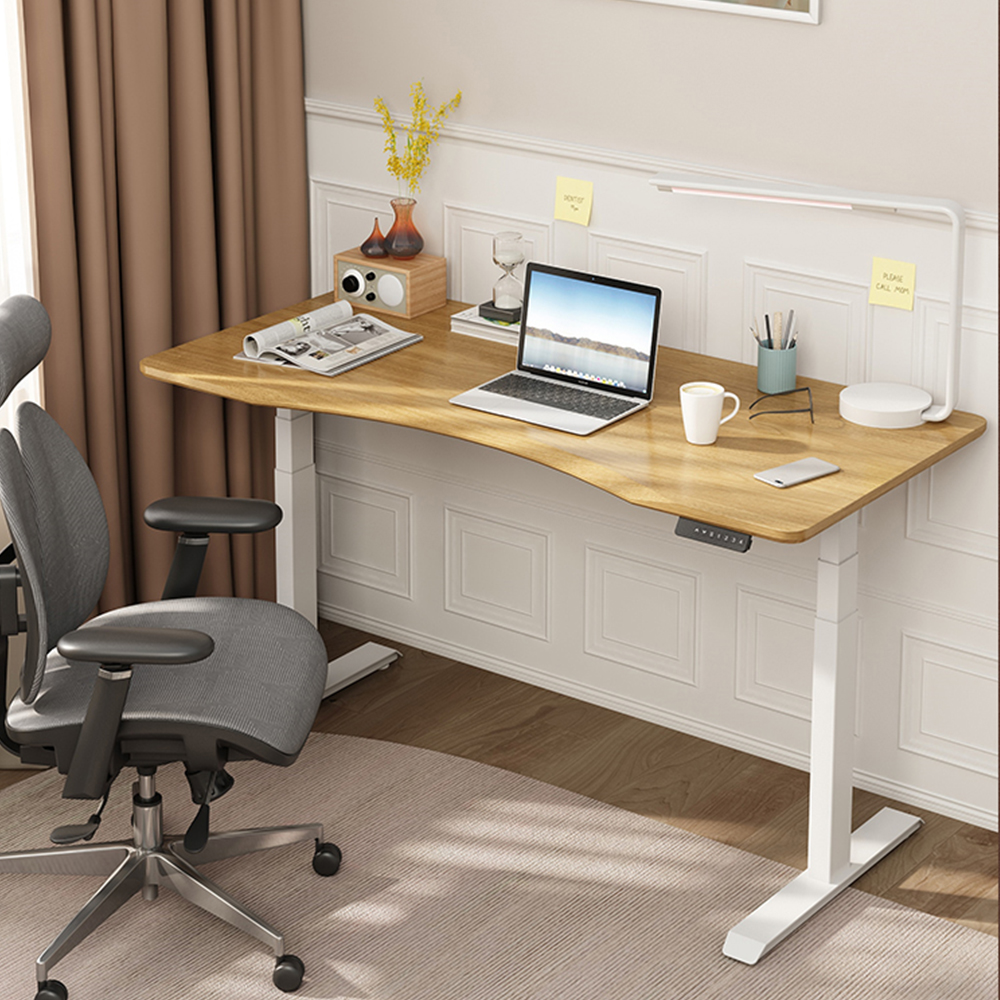[China Packaging Network News] Color plays a crucial role in packaging design, as it is one of the most influential visual elements. Understanding the principles of color application in packaging can greatly enhance the effectiveness of your design. Let’s take a closer look at the key rules and techniques used in color design for packaging.
1. Determine the Overall Color Tone
The overall feel of a packaging design—whether it appears luxurious, rustic, or modern—is largely determined by its color scheme. The total color tone is influenced by three basic attributes: hue, lightness, and saturation. Examples include bright tones, dark tones, fresh tones, gray tones, cool tones, strong tones, weak tones, soft tones, hard tones, and more. Choosing the right tone helps set the mood and appeal of the product.
2. Area Factor
In addition to hue, lightness, and saturation, the size of each color area significantly affects the visual impact. When designing, it's important to consider how large areas of color interact with smaller ones. Large areas have a stronger visual presence, especially when displayed on shelves. If two colors create too much contrast, adjusting their sizes (without changing their hues or brightness) can help balance the composition.
3. Visibility
Visibility refers to how clearly the color hierarchy is perceived. A well-designed color scheme ensures that key information stands out, which is essential in both packaging and advertising. This involves not only the inherent visibility of the color itself but also the contrast between different colors. These principles are widely used in advertising design and can be applied effectively in packaging design as well.
4. Accent Color
An accent color is the key color that draws attention within the overall color scheme. It is typically brighter and more saturated than surrounding colors and occupies a smaller area. This makes it stand out without overwhelming the design. Proper use of accent colors enhances the visual interest and helps guide the viewer’s eye.
5. Interval Color
Interval color is used to separate contrasting colors, helping to create harmony and reduce visual tension. Common interval colors include black, white, gray, gold, and silver. When using colored intervals, it's important that the interval color differs significantly in hue, lightness, and saturation from the adjacent colors to maintain clarity and balance.
6. Gradient Color
A gradient is a smooth transition between colors, which can involve changes in hue, lightness, or saturation. Gradient color schemes add depth and richness to packaging designs, making them visually appealing and dynamic. This technique is widely used in modern packaging to create a sense of movement and sophistication.
7. Contrast Color
Contrast color is used to create strong visual effects by pairing colors with similar areas but high contrast in hue. This technique is often used in advertising to grab attention and make a statement. In packaging design, it can be effective for highlighting key features or creating a bold brand identity.
8. Symbol Color
Symbol color is not directly based on the product’s appearance, but rather on common consumer associations. For example, green might symbolize nature, while blue may represent trust. These symbolic meanings help convey specific messages or emotional connections to the audience.
9. Flag Color
Flag color is used to distinguish between different products or variations of the same brand. For instance, different colors may be used for various household cleaning products under the same brand. The placement, size, and shape of these colors should be carefully considered to ensure clarity and consistency.
10. Auxiliary Color
Assistant color works in conjunction with the main and accent colors to enhance the overall effect. It supports the design without overshadowing the primary elements. Used wisely, auxiliary colors can add depth and variety to the design, contributing to a more balanced and professional look.
By understanding these color principles, you can create more effective and visually appealing packaging designs. Whether you're a designer, marketer, or business owner, mastering color theory will give you a competitive edge. If you want to learn more about packaging design and color strategies, stay tuned to China Packaging Network for more insights and updates!
